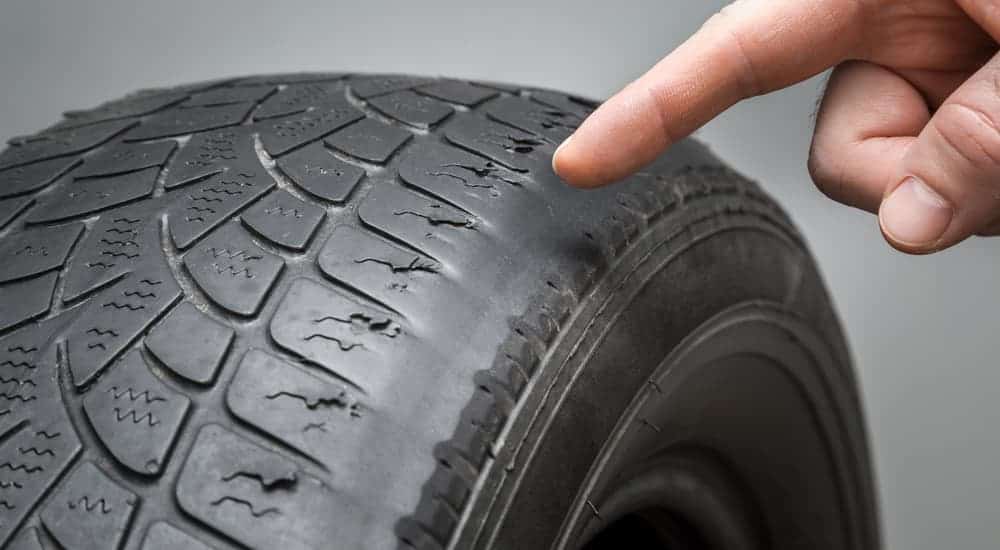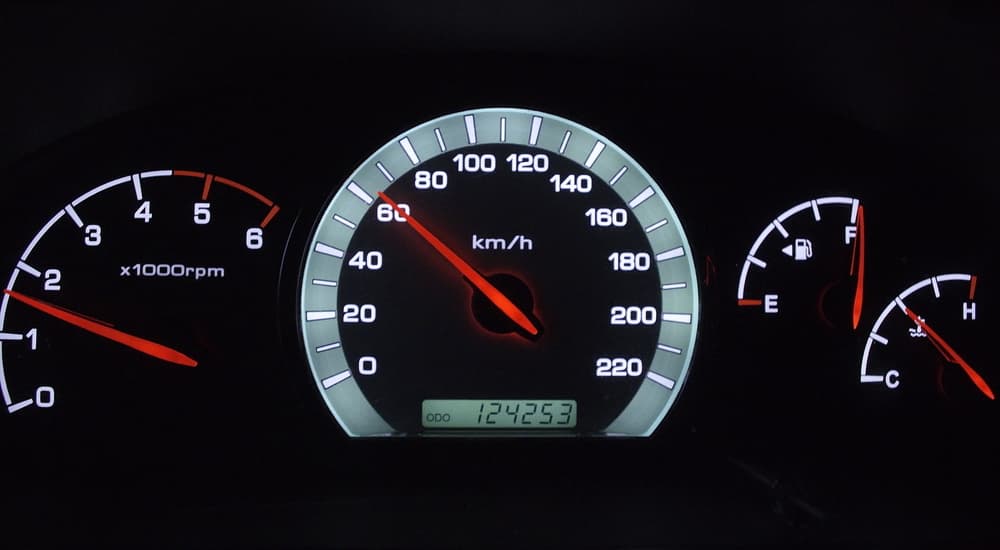If you were lucky enough to find a car priced under 10k, you probably think you’re about to score an amazing deal. While this is certainly possible, doing a proper inspection before you buy it is extremely important. Regardless of the low initial investment, a vehicle can end up costing you a pretty penny down the road if it is in need of major repairs. A used car that was not carefully maintained in the past might be more expensive than it’s worth based on the trouble it brings to its new owner.
It is unrealistic to expect a brand new car in perfect condition in this price range, but you want to make sure that you know exactly what you’re getting before deciding to buy a discount vehicle. Taking the car’s current condition and previous history into account will help you properly gauge its true value and figure out what you are willing to pay for it. Here are a few key points to begin your thorough evaluation.
Search for Signs of Old Accidents
Do all the doors, the hood and the trunk open and close easily? Check for proper alignment of these exterior components for insight on the likelihood that it has been through a major collision.
Scratches, dents, and cracks are also important signs of wear and tear. If moisture is getting into the lights through any cracks on their covers, this will need to be fixed to avoid electrical issues and damage. Cracks in the windshield can sometimes be repaired, but they may need to be replaced, depending on the size. Be sure the car is parked on a level surface as you look for any sagging or misalignment in the undercarriage. This article from WikiHow can help in this process.
Sniff Out Red Flags
If the vehicle has a musty odor, take note. This could be a sign that it’s been through a flood. Flooding leaves lasting damage on all parts of a vehicle, not only the upholstery. Water damage causes rusting that can impact mechanical parts throughout the car, leading to a faster rate of deterioration. If you smell mold or cigarette smoke, consider looking for a discount or searching elsewhere for a vehicle that is in better shape.
Check The Tire Condition and Alignment
All four tires should be the same brand, with enough tread to indicate up-to-date replacement tires were put on. If tires are unevenly worn, it could mean that they were not rotated or replaced on schedule, or that the car has bigger, underlying issues with its alignment. If there is damage to the overall frame, this leads to poor steering and suspension components. This later results in the tires becoming worn down at different rates. If the tires are evenly worn out, calculate the cost of new tires, and make sure there are no larger reasons to be alarmed when evaluating the overall cost of the vehicle.

Examine the Exhaust System
When the engine is cool, take some time to look at the exhaust system. If you see rust or black spots, this could be indicative of leaking. Dents or cracks in the exhaust system should make you very wary of possible expensive repairs to come. Running your finger along the exhaust should produce a relatively clean wipe. A build-up of greasy grime may mean a costly issue. Consulting with an experienced mechanic to inspect the car before you buy will give you peace of mind about the integrity of the vehicle you’re considering.
Assess the Condition of All Belts and Hoses
Under the hood, you’ll find several different hoses and belts that are vital for the proper functioning of the vehicle. If they appear frayed, discolored, hard or show obvious signs of wear and tear (like cracking), take a second look to figure out which parts will need to be replaced. Rather than allowing these issues to go unaddressed, make sure you determine in advance what the cost will be to ensure the car will be safe to drive.
Be Mindful of Fluid Levels
Empty fluid containers could mean one of two things. Either the vehicle has been poorly neglected or there is a leak. Ask the seller about any below-level fluids to give you a chance to learn more about the root cause of the issue. Fluids should also be the proper colors– transmission fluid is pink in color, while oil should be brown or black. Remove the oil cap by unscrewing it to see if there is any foam residue inside. This could be caused by a leaky head gasket, which is expensive to repair. Stains on the engine block are also signs of a leaky gasket, with the potential to cause costly problems in the future.
Consider the Mileage
You can evaluate the age of a used car based on the year it was made, in the context of its mileage. The odometer will give you a specific mileage number, which is a key factor to think about when making your purchase decision. Will you be putting a lot of miles on the car or just driving it locally? If you need a car that can withstand regular, long commutes, you should research the expected mileage on the make and model to calculate how long you can expect it to last. While you can’t always get all the details you want from a seller, knowing who the previous drivers were can help you figure out how much wear and tear it has endured. Getting to know past drivers will help you get to know the car.

Take the Vehicle for a Spin
You can only learn so much about an automobile while it is sitting cold in a parking lot. Turn the key in the engine and sit in the driver’s seat to get a feel for its actual working condition. The indicator lights on the dashboard should all turn on and back off again once the car is fully started. Any lights that stay on should be investigated to address present issues. Test the air conditioning, heat, radio, and windshield wipers. Ask the seller when the freon was last filled to figure out if this is something you’ll need to do in the near future to keep the air conditioning running properly. Typically, this needs to happen every two to three years.
Get a feel for how the car drives on local roads at low speeds and faster on the highway. Driving at different speeds will give you an opportunity to experience how easily it switches gears, which may be related to the condition of the transmission. Test the brakes and steering to get a clear idea of how well the car performs on the road. Any vibrations, sounds or pulling to one side are warning signs that warrant a closer look.
Be Meticulous About Reports
You should be able to view a detailed report on the vehicle using the VIN (Vehicle Identification Number). A great, easy, and free website to check the VIN is AutoCheck. This will give you important information on when the vehicle was sold and bought, accidents that were reported on it and general maintenance records. If something seems suspicious on the report, ask questions, or keep shopping around. Being able to review the background on a vehicle is one of the perks of modern tracking systems. Take advantage of this, so you can be an informed consumer and ensure that you truly get the deal that’s being advertised.



